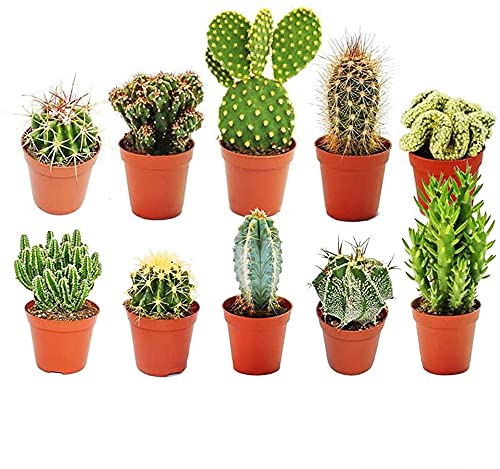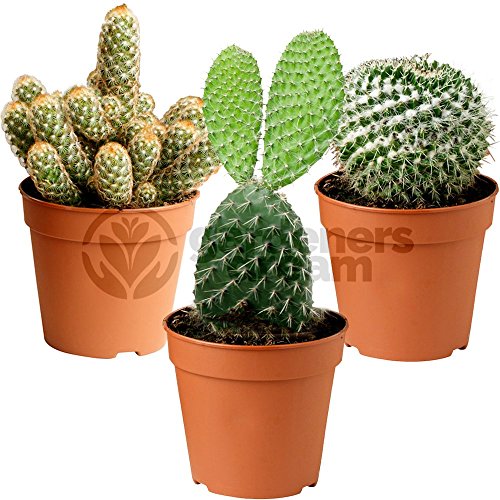Signs of Sunburn
Cacti are native to areas with intense sun, but too much sunlight can still harm them. One sign of too much sunlight is sunburn, which can cause the cactus to turn brown or yellow. The affected areas will also feel soft to the touch. Sunburned cactus should be moved to a shadier spot immediately before the damage becomes irreversible.
Discoloration
An overexposed cactus may also show signs of discoloration, with the leaves or stems turning pale or white. This is caused by the excessive heat and light, which can burn the tissue of the plant. If you notice discoloration, move the cactus to a cooler, shadier location and monitor it for further damage.
Stunted Growth
If your cactus is getting too much sunlight, you may also notice stunted growth. While cacti are adapted to thrive in hot and arid conditions, too much sun can impede their growth. A healthy cactus should continue to grow at a steady rate, so if growth slows down or stops, it may be a sign that it’s time to move the plant to a shadier spot.
Dehydration
Although cacti are known for their drought tolerance, too much sunlight can lead to dehydration. This is because the intense heat can cause the plant to lose water through evaporation much faster than it can take it in. If you notice your cactus becoming wrinkled or shriveled, it may be a sign that it’s not getting enough water or is getting too much sunlight. Move it to a shadier location and water it more frequently if needed.
Preventing Overexposure
To prevent your cactus from getting too much sunlight, it’s important to find the right balance of light and shade. Cacti need plenty of sunlight to grow and thrive, but they also benefit from some shade during the hottest parts of the day. Consider placing your cactus near a sheer curtain or in a spot that receives filtered or indirect sunlight. Additionally, monitor your cactus regularly for signs of overexposure and adjust its location or watering schedule accordingly.






